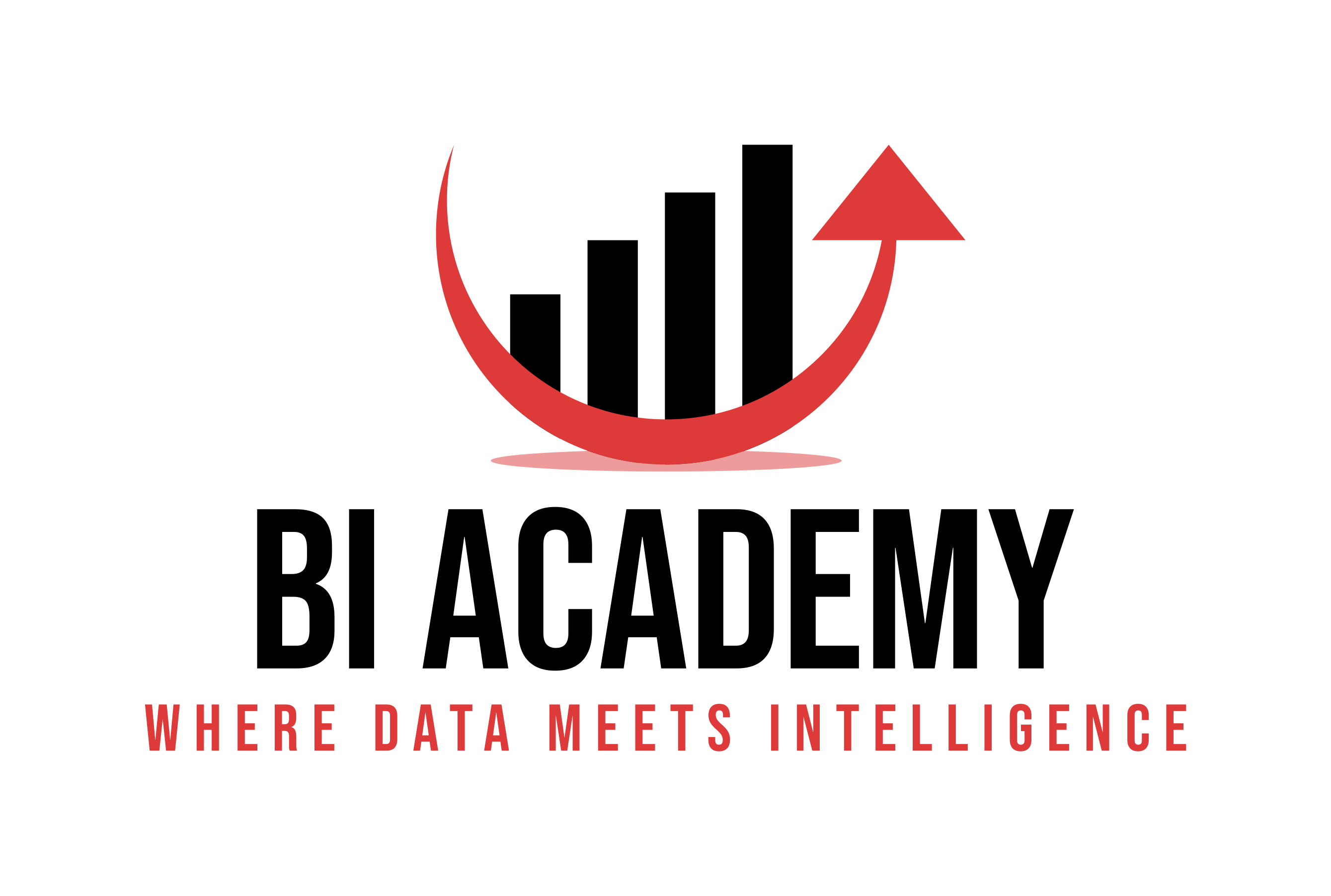Data modeling has always been at the heart of Business Intelligence (BI) and analytics. A well-designed schema is the foundation of every dashboard, KPI, and strategic decision. But the way we design and work with data models is changing rapidly.
That’s why I created my new Udemy course: Data Modeling with AI — from Fundamentals to ChatGPT & Copilot.
This course combines traditional data modeling foundations with the power of AI tools. It’s designed for analysts, data engineers, and BI professionals who want to master the essentials and stay ahead of the curve.
What You’ll Learn
The course covers everything from the basics of data modeling to modern AI-supported workflows:
-
Core Foundations
-
Conceptual, logical, and physical data models
-
Star schemas, fact and dimension tables
-
Slowly Changing Dimensions (SCDs) and conformed dimensions
-
Normalized vs. dimensional models
-
-
BI Architecture Essentials
-
Data warehouses, data marts, data lakes, and lakehouse
-
OLAP vs. OLTP
-
ETL and staging areas
-
-
Hands-On Exercises
-
Build data models manually with MySQL Workbench and dbdiagram.io
-
Implement schemas in a database and load real data
-
Practice ETL with open-source tools
-
-
AI in Data Modeling
-
Use ChatGPT to suggest star schemas, identify facts and dimensions, and validate your models
-
Leverage GitHub Copilot in Visual Studio Code to generate SQL code and automate schema creation
-
Learn prompt techniques to get reliable, high-quality AI support for data modeling tasks
-
Why This Course Is Unique
Most data modeling courses stop at traditional theory. This course goes further by showing how AI can actively support your workflow. Instead of just teaching you “what a star schema is,” we’ll explore how ChatGPT and Copilot can design and even implement one for you — while you stay in control and learn to verify results.
The course also integrates realistic case studies and capstone projects so you don’t just learn concepts, but apply them in end-to-end BI scenarios. You’ll connect requirements to schemas, implement models in databases, run ETL, and finally see how it all powers analytics.
How AI Fits into Data Modeling
So, how exactly can AI help with data modeling?
-
Schema Design: AI can propose initial star schemas or normalized models based on plain-text requirements.
-
Exploration & Documentation: ChatGPT can describe existing databases, suggest relationships, and highlight missing pieces.
-
SQL Generation: Tools like GitHub Copilot can accelerate schema creation, DDL scripting, and even write ETL queries.
-
Analysis Assistance: AI can explain fact table additivity, aggregation logic, and even help troubleshoot performance issues.
The key is not to blindly trust AI but to use it as a partner — speeding up repetitive tasks and giving you more time for critical thinking and design decisions.
Final Thoughts
Data modeling is evolving. The fundamentals — facts, dimensions, schemas — are as important as ever. But with AI, we can design smarter, faster, and with more creativity.
If you want to master both the classic BI foundations and the AI-powered future of data modeling, this course is for you.

